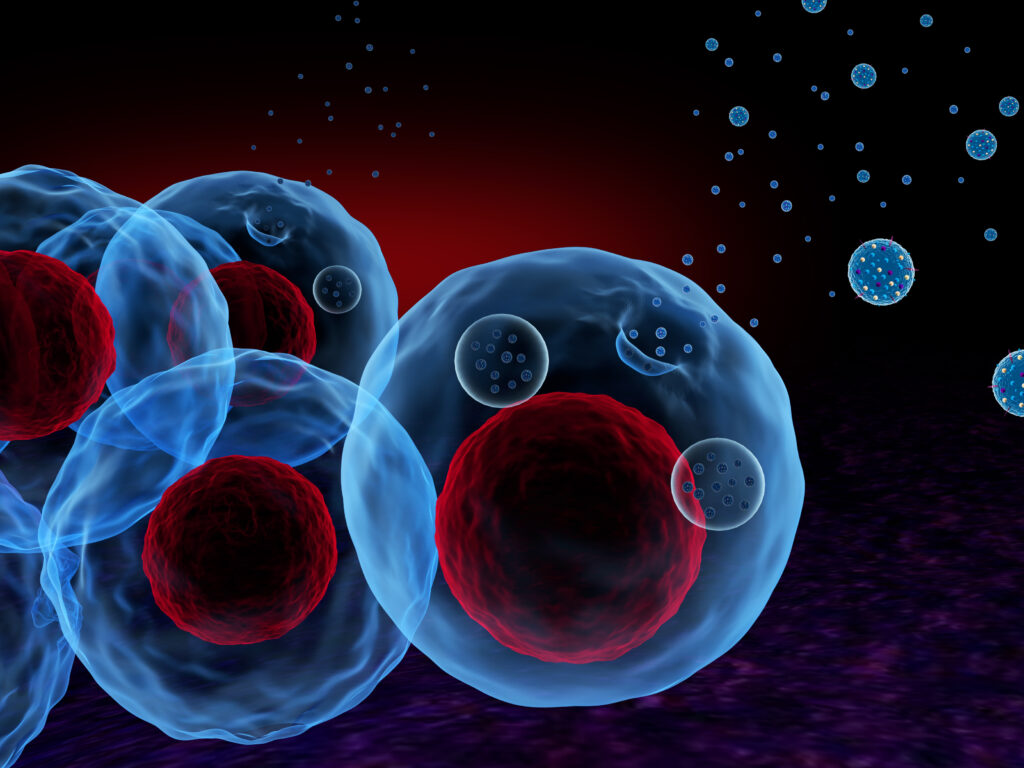Exploring Testicular Tissue Engineering for In Vitro Spermatogenesis
In recent years, the field of reproductive biology has made significant strides, particularly in the area of testicular tissue engineering. The aim of in vitro spermatogenesis is to restore fertility in individuals facing reproductive challenges. Despite the progress, researchers continue to confront numerous obstacles, including efficiency, ethical considerations, and the necessity for a deeper biological understanding of the processes involved.
One innovative approach involves the use of decellularized scaffolds, which have demonstrated improved cell seeding and differentiation capabilities. Furthermore, the incorporation of exosomes has been shown to enhance spermatogenesis. Dynamic culture systems are also being explored to more accurately replicate in vivo conditions, providing a more conducive environment for the development of spermatogenic cells.
A recent study led by Elham Hashemi, Mansoureh Movahedin, Ali Ghiaseddin, and Seyed Mohammad Kazem Aghamir sought to utilize a perfusion mini-bioreactor for the dynamic culture of mouse spermatogonial stem cells on decellularized testicular matrix plates, supplemented with exosomes. The researchers aimed to assess the progression of spermatogenesis through various analyses, including histological, immunohistochemical, and molecular examinations over a duration of four weeks.
The study began with the decellularization of human testicular tissues using a 1% sodium dodecyl sulfate solution. The resulting decellularized matrices were then fabricated into thin plates using a cryostat. Sertoli and spermatogonial stem cells were isolated from neonate mouse testis and subsequently seeded onto these decellularized testicular matrix plates. A mini-perfusion bioreactor was employed to create dynamic culture conditions, which are crucial for simulating the natural environment of the testis.
To further enhance the cellular environment, mesenchymal stem cell-derived exosomes were introduced into the culture medium, either alone or in conjunction with a spermatogenic medium rich in various chemical factors. The comprehensive analysis conducted at the end of the experiment revealed several critical findings.
The decellularization process effectively preserved the extracellular matrix (ECM) components while successfully eliminating native cells. The isolated cells expressed markers such as PLZF and VIMENTIN, confirming the presence of spermatogonial stem cells (SSCs) and Sertoli cells. The seeded scaffolds demonstrated proper homing, viability, proliferation, and differentiation of the cells, indicating successful in vitro spermatogenesis.
Notably, the treatment with exosomes significantly enhanced the spermatogenic potential of the SSCs. The dynamic culture system not only promoted the proliferation and differentiation of these cells into mature spermatozoa but also improved cellular viability, reduced apoptosis, and advanced spermatogenesis to the elongated spermatid stage. The combined treatment of exosomes and the spermatogenic medium produced a synergistic effect, yielding superior outcomes in terms of sperm cell maturity and functionality.
This groundbreaking study highlights the potential of integrating decellularized testicular matrices with exosome therapy in a dynamic culture setup. The findings represent a significant advancement in the field of reproductive biology and fertility restoration, offering hope for individuals facing infertility challenges. As research continues to evolve, the implications of these methodologies could reshape our understanding of fertility and pave the way for innovative treatments.
The authors of this study, Elham Hashemi, Mansoureh Movahedin, Ali Ghiaseddin, and Seyed Mohammad Kazem Aghamir, have made remarkable contributions to the exploration of testicular tissue engineering, providing valuable insights that may lead to future breakthroughs in fertility restoration.


